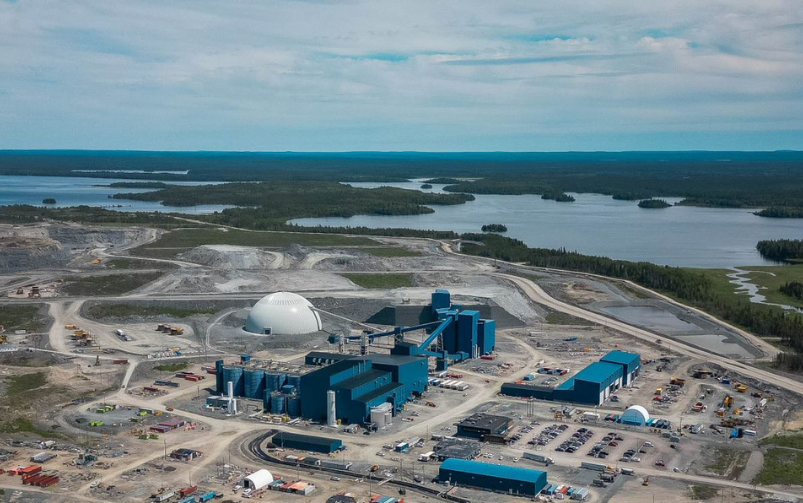Although Visible Geology is geared towards university students, its accessibility makes it ideal for students of all ages. Courtesy of Seequent.
A report titled “2023 Canadian Mineral Exploration HR Outlook,” from the Mining Industry Human Resources Council and the Prospectors and Developers Association of Canada, found that the number of undergraduate students enrolled in geoscience programs declined by about 42 per cent from 2014 to 2020, decreasing from roughly 4,800 students to only 2,800 in that time.
Hoping to inspire more students to study geology, Seequent, a company that specializes in earth modelling and geodata management software, designed Visible Geology, a web application aimed at breaking down basic geological concepts, in collaboration with video game studio CerebralFix.
Similar to Science North and CIM’s Mine Evolution, where the complex aspects of mine development are broken down and depicted in a fun game, Visible Geology aims to encourage university students to explore geological concepts through three immersive tools. These include Geology Explorer, which helps students build 3D geological models; Stereonet, a tool that aids students in visualizing the orientation of a globe’s planes and lines; and Apparent Dip, which assists users in understanding and calculating the inclination of geologic beds. Each of the three tools allows users to create their own geological models, which they can then save and share with educators or classmates.
Officially released on June 5, the application is already being used by educators across Canada in their classrooms. Sheila Ballantyne, a professional geologist and an earth resources lecturer and researcher at the University of Toronto, told CIM Magazine in an interview that she has integrated the application into the curriculum of several undergraduate-level geology courses.
“I use it for the introduction to geology courses to expose [students] to geological ideas, like stratigraphic stuff,” she said. “We’ve always really struggled with that. We’ve tried all kinds of different things, such as looking at things on paper in 2D from different perspectives. I’ve made lots of boxes and tried to construct different things, and it’s always a bit of a struggle to really get students to picture [3D concepts] in their minds.”
Ballantyne noted that many post-secondary education departments are strapped for funding and that it is helpful to have a free application to use that is targeted to users of all ages and educational backgrounds. “I could see [the application] being applied broadly,” she said. “I could see this being used in the industry to facilitate discussions, particularly with your work colleagues, who may not be geoscientists.” She added that as a mother of three children, the application works great with younger students too.
“It’s going to make teaching far easier,” she said. “It will really help us spread the word about geoscience and how fun it can be, and hopefully help to recruit more young people to [study] geoscience.”
Seequent first approached CerebralFix with the intent of designing an accessible tool that would aid students with breaking down dense geological concepts.
Chelsea Rapp, co-CEO and head of strategy for CerebralFix, explained in an interview with CIM Magazine that the style of Visible Geology resembles that of games like Minecraft, where users are given a set of tools and can build whatever they want.
“The main difference between something like Minecraft and Visible Geology is that this game is based off of concepts in the real world,” Rapp said. “Students can go in and build different scenarios to understand how these scenarios can impact the real world, such as water flow or the movement of earth’s fault lines,” she said.
Rapp explained that when Seequent first came to CerebralFix with the idea to create the application, the CerebralFix team was not sure where to begin, as they were not well-versed in geosciences. Expertise from Seequent’s team of geologists aided CerebralFix in covering complex geological theories and concepts while designing the application so that it was still easy to use.
Although the web-based application is targeted at undergraduate university students, the accessibility of the application makes it appealing for students of all ages and helps educators teach geology in a more hands-on, engaging way, according to Rapp.
She is thrilled about the feedback that Visible Geology has received so far, noting that within the first week of releasing the application, there were 10,000 users. “To see this happen for an educational app is so exciting,” she said.
The Visible Geology web application can be accessed for free at Seequent.com.




